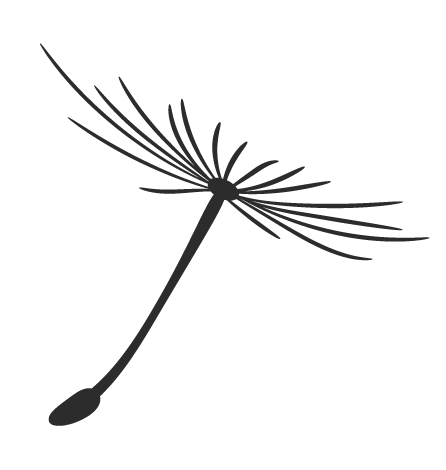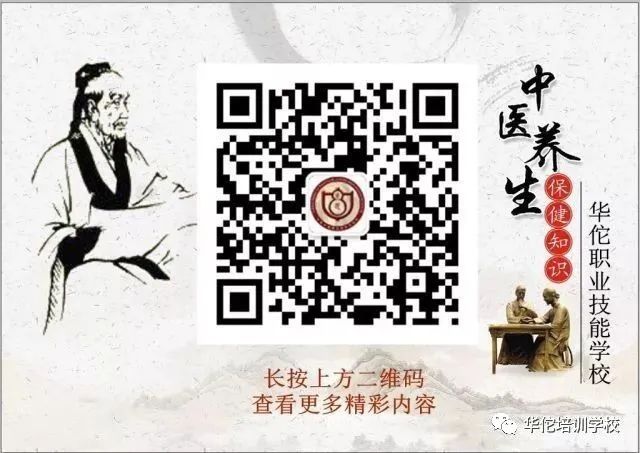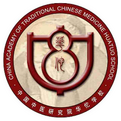Cold hands and feet are referred to as Yang Deficiency Constitution in Traditional Chinese Medicine (TCM). Yang deficiency means insufficient Yang energy, leading to inadequate heat production in the body, which naturally results in a state of cold intolerance. This constitution is more common in women than in men, particularly among younger individuals. However, many middle-aged and elderly people also exhibit symptoms of cold intolerance, which is a typical manifestation of insufficient vital energy.
In middle-aged and elderly individuals, secondary cold intolerance diseases are often related to their underlying conditions, indicating a deficiency of Yang energy and overall body weakness, resulting in insufficient heat production due to illness, which over time can lead to Yang deficiency.
Moxibustion is Yang in nature, and when combined with moxa heat, it can help to unblock meridians and replenish Yang energy in the body. Moxibustion involves the burning of moxa (mugwort) on specific acupuncture points on the body, utilizing the gentle heat and medicinal properties of the moxa, along with the functions of the acupoints, to promote the flow of Qi and blood, open the meridians, strengthen the body’s defenses, and expel pathogens, achieving therapeutic and health-preserving effects.
The health-preserving moxibustion method has been a traditional practice for disease prevention, showing excellent therapeutic effects for cold limbs. The following acupuncture points can help you warm the meridians and improve a cold constitution:
1Yongquan (Kidney 1)
Located on the sole of the foot, Yongquan is found at the depression in the front part of the foot when the toes are curled, approximately at the junction of the anterior one-third and posterior two-thirds of the line connecting the second and third toe joints to the heel. Yongquan is the lowest point of all acupuncture points and is the first point of the Kidney meridian.
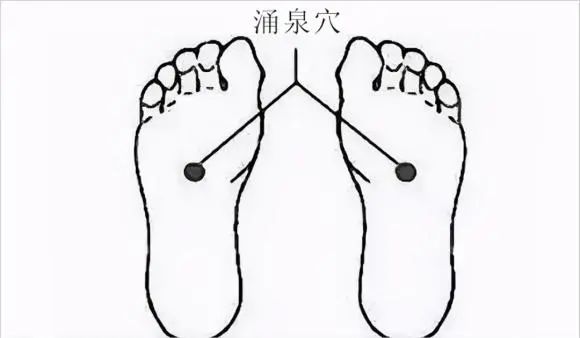
The Huangdi Neijing states: “The Kidney Qi emerges from Yongquan, which is the heart of the foot.” This means that the Qi of the Kidney meridian is like water from a spring, originating from the feet and nourishing the entire body.
Moxibustion Method:
Before bedtime, soak your feet in hot water for 20-30 minutes, then light two large moxa sticks and place them in two moxibustion pots, wrapping them with towels and securing them to the Yongquan points on both feet for 20-30 minutes. Alternatively, you can use a moxibustion device to apply moxa directly to the Yongquan points for 30-50 minutes. The moxibustion device is more convenient for regular use, and it is recommended if you plan to moxibust frequently.
2Zusanli (Stomach 36)
Zusanli is a universal point for strengthening the body and promoting longevity. There is a saying: “If you want to maintain health, do not neglect Zusanli.” The term “do not neglect” refers to using moxa sticks to warm the point until blisters form on the skin, also known as “moxa flowers” or “moxa sores.” These blisters can help expel cold and dampness from the spleen and stomach, hence the saying.
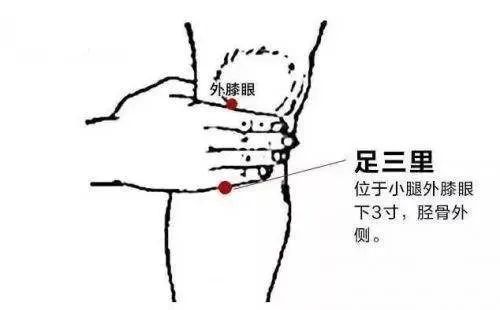
Research has shown that moxibustion at Zusanli can improve gastric motility and blood supply to the stomach, stimulating the secretion of digestive juices and thereby enhancing digestive capacity.
Moxibustion Method:
Moxibustion at Zusanli should primarily use gentle moxibustion to avoid the formation of sores. You can use a moxibustion device to treat both points simultaneously for 30-50 minutes. Consistent practice will yield excellent results.
3Dazhui (Governing Vessel 14)
Dazhui is located at the lower end of the neck, in the depression below the spinous process of the seventh cervical vertebra. If the bony prominence is not very obvious, have the patient move their neck; the immobile bone is the first thoracic vertebra, approximately level with the shoulders.
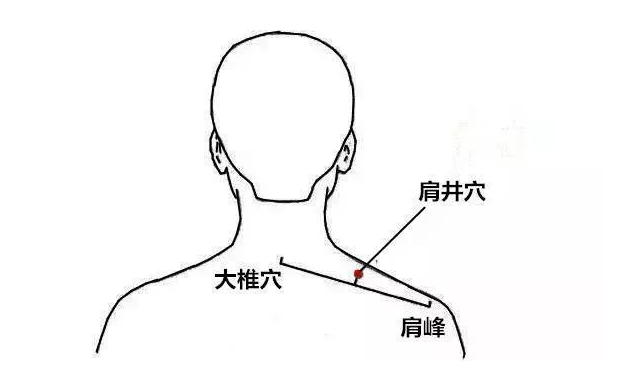
Dazhui belongs to the Governing Vessel and has the function of regulating Qi flow through the Governing Vessel. It is also the first choice for treating cold-related diseases such as colds, allergic diseases, febrile illnesses, epilepsy, and cervical spondylosis. Dazhui is a primary point for treating cold diseases in the upper body.
Moxibustion Method:
For Dazhui, you can use a moxibustion device for 30-50 minutes at a temperature of around 45-50 degrees Celsius, or adjust according to your comfort level. The convenience of the moxibustion device allows for long-term adherence, leading to excellent results.
4Mingmen (Governing Vessel 4)
Mingmen is used for tonifying the kidneys and strengthening Yang. It is considered the “Gate of Life” in the human body, where the innate Qi is stored, representing the foundation of life.

Clinically, a decline in Mingmen fire is primarily manifested by cold limbs, diarrhea with clear stools, or nocturnal diarrhea, male impotence, premature ejaculation, female cold uterus, infertility, pale tongue, and a deep, slow pulse, all signs of Yang deficiency.
Long-term moxibustion at Mingmen and Dazhui can enhance Yang energy in the Governing Vessel, significantly impacting male reproductive essence and female reproductive function. Moxibustion at Mingmen warms and promotes the physiological activities of various organs, thus invigorating the life force.
Moxibustion Method:
For moxibustion at Mingmen, you can use a moxibustion device for 30-50 minutes at a temperature of around 45-50 degrees Celsius, or adjust according to your comfort level. Since the moxibustion device can treat multiple points simultaneously, it is recommended to combine moxibustion at Mingmen with Dazhui for better results.
5Shenque (Ren 8)
Located at the center of the navel, Shenque is situated in the middle of the abdomen. It is primarily used to treat conditions such as stroke, cold limbs, collapse, wind seizures, fatigue, abdominal pain around the navel, edema, prolapse, diarrhea, constipation, urinary incontinence, five lin syndrome, and female infertility.
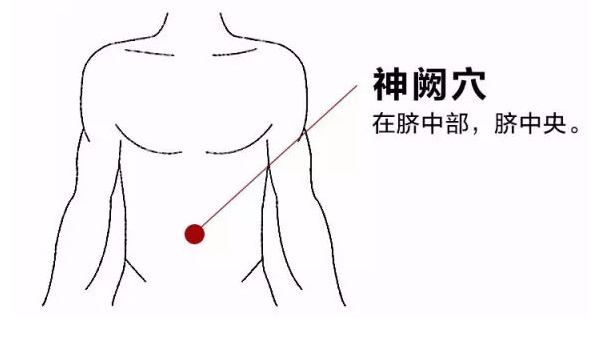
Shenque is the point of harmony and storage of Qi, where the Ren meridian converges. This point serves as an important source of Qi and blood for the upper part of the Ren meridian, facilitating communication between the upper and lower parts of the body.
Moxibustion Method:
Moxibustion at Shenque should primarily use gentle moxibustion to avoid the formation of sores. You can use a moxibustion device for 30-50 minutes, adjusting the temperature to 45-50 degrees Celsius or according to your comfort level.
It is said that moxibustion at Shenque warms the entire body, facilitating communication between the upper and lower parts of the body through the Ren meridian. Additionally, moxibustion at Shenque can treat gastrointestinal diseases, gynecological disorders, and diseases of the reproductive and urinary systems. Therefore, moxibustion at Shenque can quickly improve a Yang deficiency constitution by unblocking the Ren meridian.
The five acupuncture points do not need to be treated all at once; you can moxibust 1-2 points at a time and treat the remaining points on alternate days. As long as you persist, you will definitely see results.
Previous
Highlights
Selected
To soothe the liver, soothe the liver, and in spring, it is essential to soothe the liver! To address lymph node issues, one must first soothe the liver!
In TCM: Sleep is the best tonic; learn how to sleep for optimal health.
As humidity rises in March, removing it is crucial to prevent future issues! Learn this trick to eliminate dampness in one minute!
